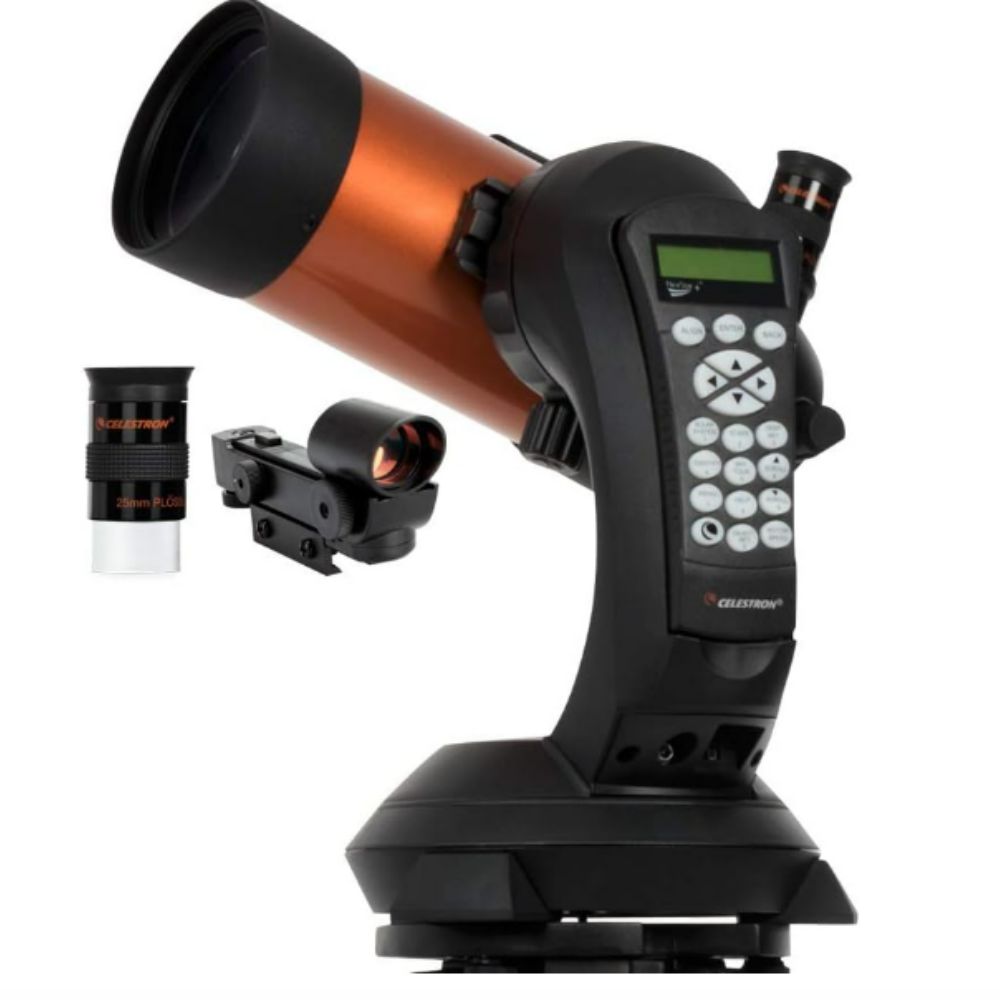Explore This Section Earth Earth Observer Editor’s Corner Feature Articles Meeting Summaries News Science in the News Calendars In Memoriam More Archives Conference Schedules Style Guide 19 min read Summary of the 2024 SAGE III/ISS Meeting Introduction The Stratospheric Aerosol and Gas Experiment (SAGE) III/International Space Station [SAGEIII/ISS] Science Team Meeting (STM) took place on October 22–23, 2024, in a hybrid format. Approximately 50 scientists attended in person at NASA’s Langley Research Center (LaRC) – see Photo. Participants included researchers from U.S. universities, NASA LaRC, NASA’s Goddard Space Flight Center…
Read MoreDay: May 26, 2025
Best streaming services for Sci-Fi fans in 2025: Disney Plus, Netflix, Hulu, Apple TV Plus, and more
If you’re looking through the best streaming deals and wondering what the best streaming services for Sci-Fi fans are, then we’ve got the answers for you. It’s pretty hard these days to commit to just one streaming service and while there may be one, two, or even more below that you want to invest in, it all comes down to what they offer – and what your budget will allow. So, depending on what you’re after, there’s a category where each streaming service excels. From best Sci-Fi blockbusters, to TV…
Read MoreBest cameras under $2000 2025: Top picks to suit any budget
If you have a particular budget in mind and you want to find out what the best camera under $X is, then you’ve come to the right place. Our reviewers have narrowed down your options and put together a list of some of the best cameras on the market today within each individual price bracket. You can browse all the cameras within your upper limit, or scan down the page to find out which additional features might justify a jump in price if your budget is a bit more flexible.…
Read MoreNew moon of May 2025 leaves the night sky dark to see the summer constellations tonight
The new moon of May occurs on May 26. Two days later the moon will make a close pass to Jupiter in the evening sky, and the summer constellations will be rising. New moons happen when the moon is directly between Earth and the sun. They share a celestial longitude (called right ascension by astronomers), a projection of the Earth’s longitude lines on the sky measured eastward from the point where the sun crosses the celestial equator. This position is also called a conjunction. If the sun and the moon…
Read More


